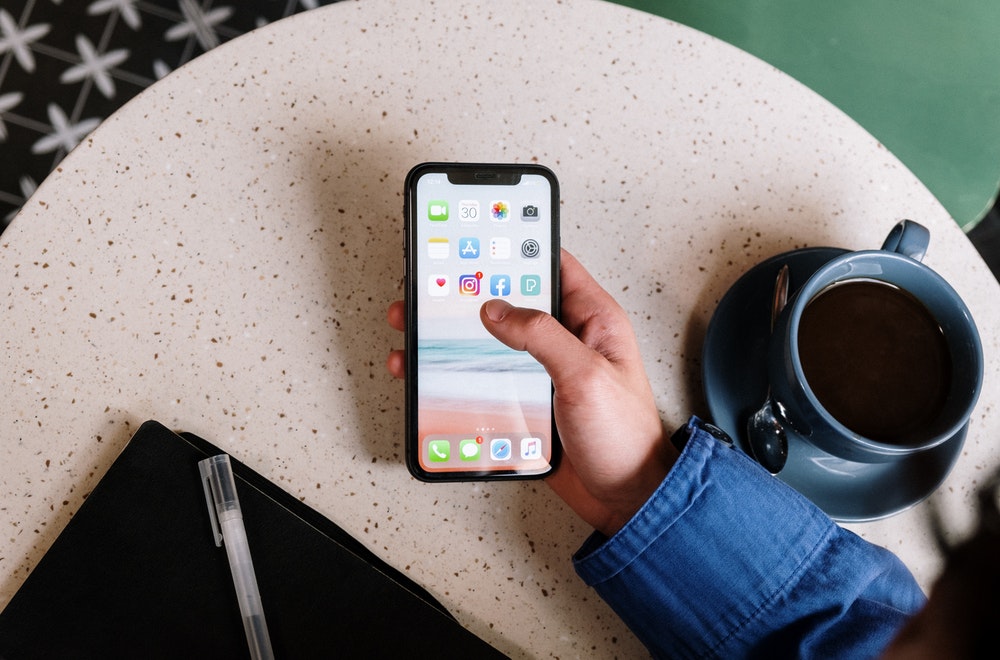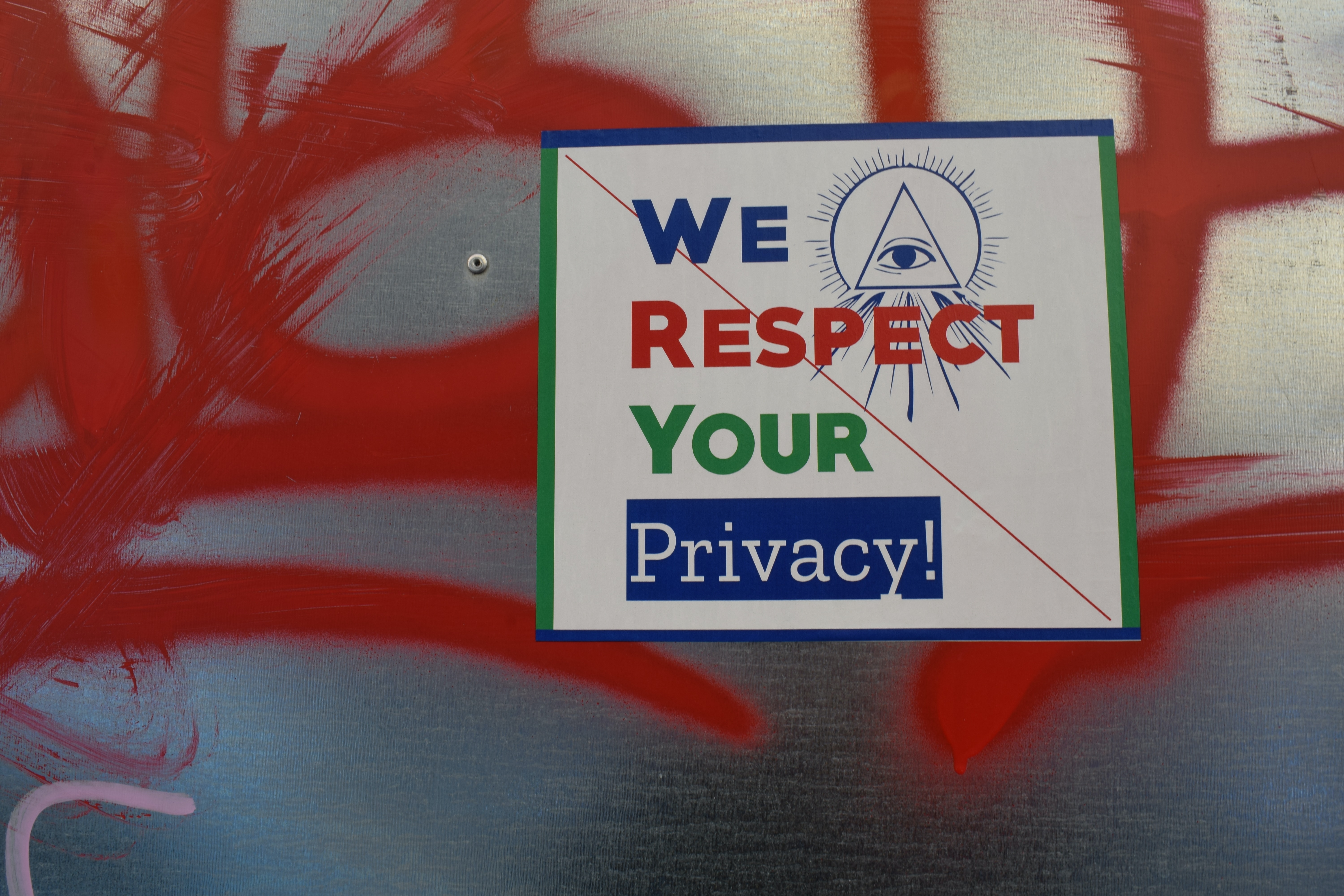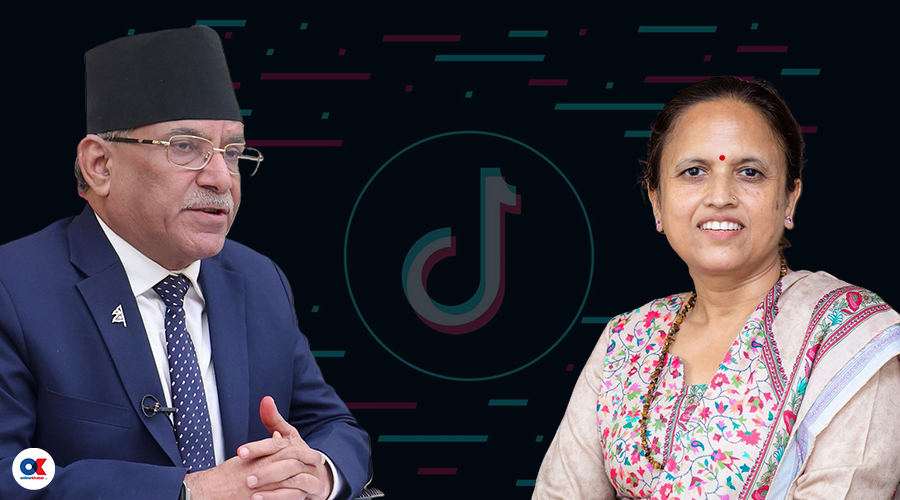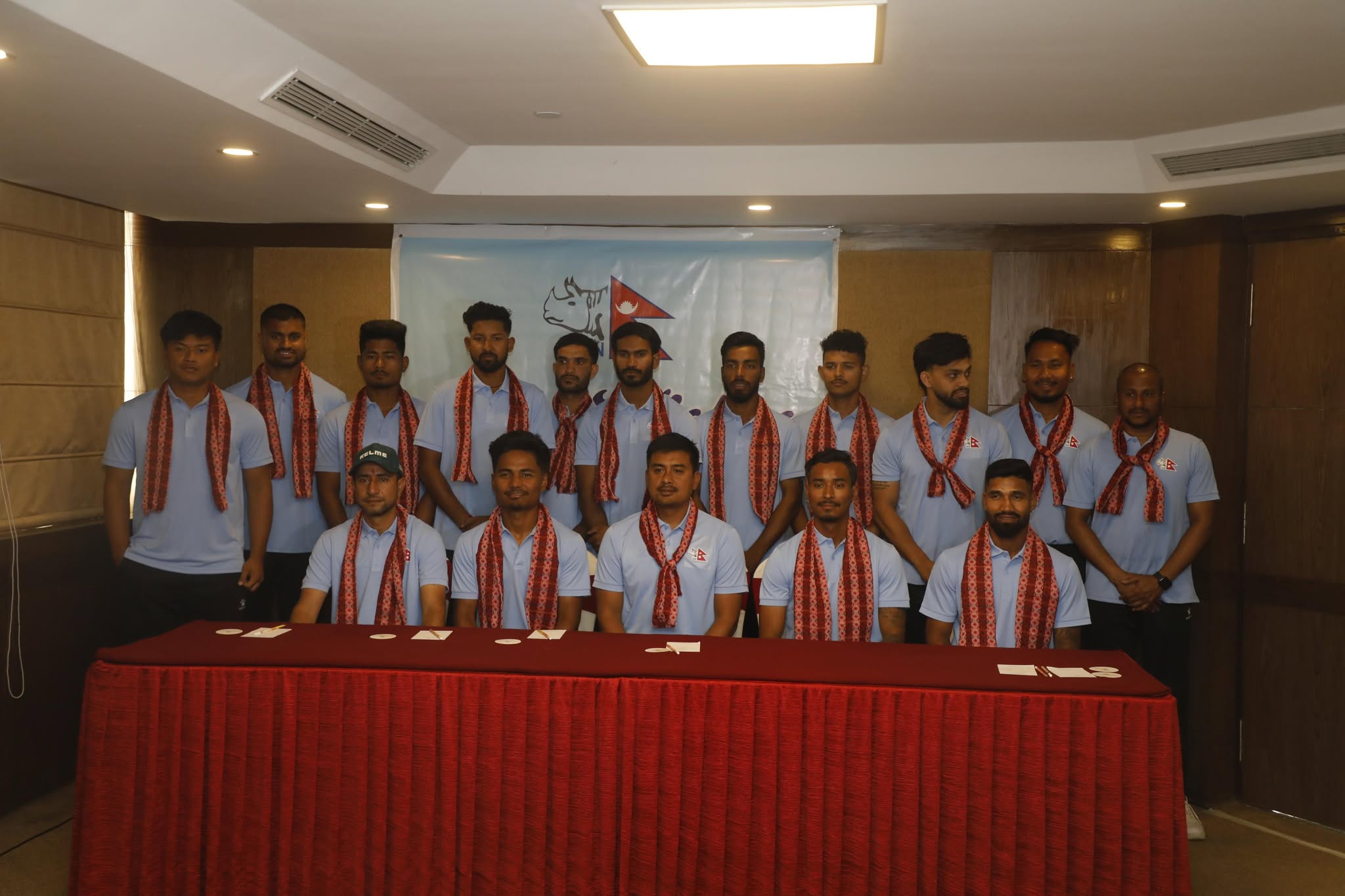Social media have increasingly been an integral part of people’s lives. It has been rapidly growing and diffused globally since the last decade, bringing many positive prospects and some exasperations. The number of users has seen a meteoric rise across the globe, which abets to create ‘modern electronic society’ as Noam Chomsky writes. Social media, in general, are an integration of web technology, social interaction, and content creation, which allow individuals or collaborators to create, organise, edit, comment, and share content online. Here, I discuss how the new technology facilitates people to unite their stifled voices but is not a messianic tool to bring complete liberation, in particular in the context of Nepal in comparison with Myanmar and Egypt.
Myanmar
A few weeks ago, I recently attended an international conference, ‘ASIANET 2021: Authoritarianism, Populism and New Forms of Nationalism in Asia’ hosted by MF Scientific College in Oslo in association with the Norwegian Network for Asian Studies. Among many, what interested me was the use of new technology in Myanmar’s Spring Revolution 2021 after the military coup in the country. Two of the Burmese researchers who also took part in the street protests in Myanmar presented their seminar papers with great reverence of and expectation from Facebook as people’s arsenal to fight the junta and get their rights back. Despite Facebook and other new technologies being an essential platform to fight authoritarian rule in many parts of the world, particularly in the Middle East, what I believe is there is always a challenge to handle the post-revolution situation to build peace and stability and solidarity people have shown in the streets in the uprisings.
Almost half of the Burmese population in January 2021 are Facebook users. Hence, there is extensive use of social media, particularly, Facebook, for organising, mobilising, and sharing information among Burmese people for the protest movement against the military coup, which is still going on. The number of protesters swelled, primarily when a 19-year-old Kyla Sin was shot dead in Yangoon while protesting in the capital in early March. Her photograph with her tee-shirt printed with ‘everything will be ok’ was posted numerously by many Facebook users, drawing more attention, encouragement, and commitment among the protesters and Burmese citizens.
Egypt
Let me compare Myanmar’s ongoing protest with the similar case of the Facebook revolution in Egypt in 2011. Social media like Facebook, Twitter, YouTube as well blogs, and cell phones have played a vital role in mobilising civilians in Egypt Uprising 2011. Notably, a Facebook page, ‘We are all Khaled Said’ created by Wael Ghonim, immensely influenced people and mobilised them on the street. People in Egypt gathered and revolted against the autocratic regime of Hosni Mubarak, the then president, and toppled down 30 years’ long repressive government by the extensive use of social media.
However, the aftermath of the revolution is not a blissful one. The Egyptian revolution could not live up to the people’s aspirations, and the people are still living in a deplorable situation. The military coup in 2013 in Egypt ousting the first elected civilian president Mohamed Morsi pushed the country into a prior state of oppression in the era of Mubarak. Increased poverty and human rights violations have become Egypt’s main sagas now, even after such a massive civil rights movement.
Nepal

Social media in Myanmar has contributed a lot to the fight against military intervention. However, social media are not a reason for the protest; instead, they are just a platform or a tool to channel people’s suppressed voices. Hence, post-revolution management is more crucial to keep peace and materialise people’s aspirations.
The number of social media users, uprisings, and downtrodden ethnic communities discussed above all have implications for Nepali society. Before and after the first and second Constituent Assembly (CA) polls in Nepal, different ethnic and minority groups raised their voice to safeguard their rights and identity in the constitution. It escalated much discussion among politicians and intellectuals, and media like newspapers, radio and television covered the issue widely. However, the inclusion of minorities is not entirely settled yet. But, right now, its intensity has been decreased as if all media, politicians, and right activists are satisfied with the situation.
Furthermore, those marginalised groups themselves are not resonating their voice loud. Considering that an ethnic split is the root of unstable governments, chaos, and hindrance to development, Nepali political leaders seriously need to work on the rights and inclusion of marginalised ethnic groups.
As Clay Shirky views “social media improves [sic] political information cascades” and “easier and wider dissemination of information changes group awareness”, social media help to form mass public opinion. That is the reason many political leaders such as late Rabindra Adhikari, Arjun Nar Singh KC, Gagan Thapa, and Baburam Bhattarai created their Facebook pages before the CA-II polls in 2013. They wanted to get support and maximum votes from the public by posting their views, agendas, and ideologies.
The new elections in Nepal will be held soon. Hence, social media platforms have already been charged with political quips. The same was seen with Narendra Modi’s election in India and Barack Omba’s in the United States.
Nepal has not remained untouched by the global upsurge of social media use. Albeit the internet was introduced in 1993 in Nepal, the numbers of social media users are being rapidly increased in recent years. Until January 2021, the social media users in Nepal reached approximately 45 per cent of the total population, with 13 million in number. The data mentioned above conspicuously dramatise that people have easy access to the internet, and they have enough users to execute social media properly to raise their voice to pressurise the House of Representatives and the political leaders to regard people’s votes and voices.
Since social media have been acquiring political power, subdued voices can be united to grab the rights and identity. If needs be, hundreds of thousands of people can flock to the street by executing social media to articulate and make their voice audible to the authority as Tunisians, Egyptians, and Burmese have already dramatised the vitality of use of social media or cyberactivism to exert the clout on political activism or mobilisation, participation, and organisation of civilians in the protest movement that became successful in removing the long-rooted autocratic governments.
























